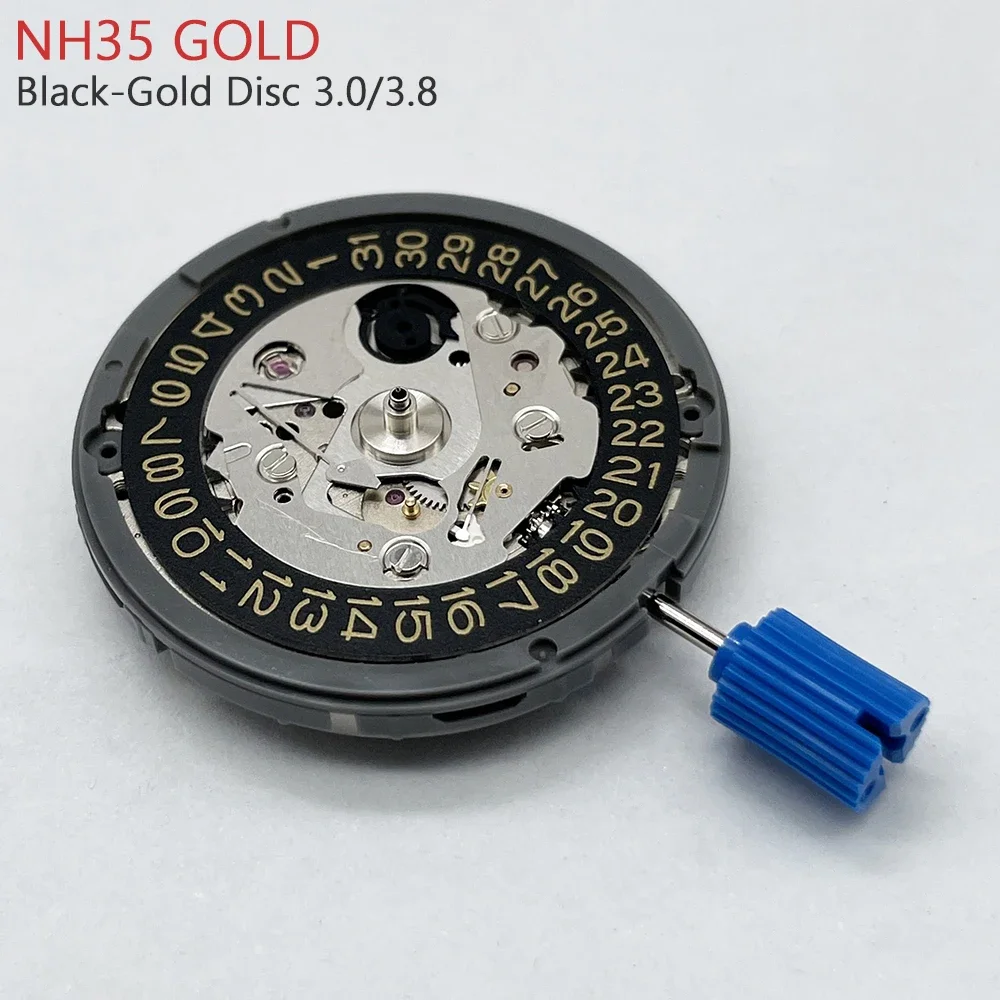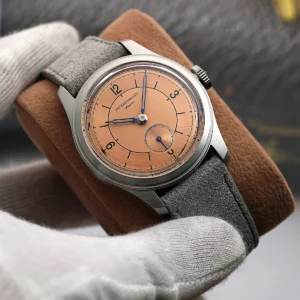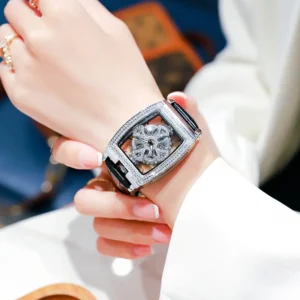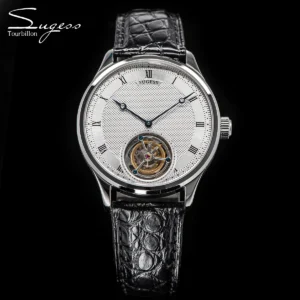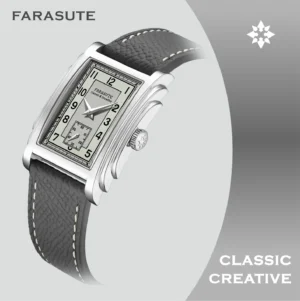Understanding Chronograph Watches: Form and Function
A chronograph watch is essentially a sophisticated timekeeper that combines regular timekeeping with a precise stopwatch function. Unlike standard watches that simply tell the time, chronographs offer additional functionality through their distinctive design elements.
When you look at a chronograph watch, several features immediately stand out:
- Pushers: Usually located on the side of the case, these buttons control the start, stop, and reset functions
- Subdials: Small dials on the main face that display elapsed seconds, minutes, and sometimes hours
- Tachymeter scale: Often found on the bezel, this allows for calculating speed based on time and distance
These watches serve practical purposes in everyday life—timing cooking sessions, tracking workout intervals, or measuring commute times. Iconic models like the Omega Speedmaster (famously worn during Apollo missions) or the Rolex Daytona exemplify the classic chronograph design while showcasing their specialized functionality.
Understanding the different movements powering these watches matters because they directly affect performance, maintenance requirements, and overall ownership experience. The intricate mechanisms behind the chronograph function represent some of watchmaking’s most impressive engineering achievements. The history of dive watch engineering shows similar attention to functional design, with specialized movements developed to meet specific needs.
The Core Types of Chronograph Movements: An Overview
When exploring chronograph watches, three main movement categories emerge: mechanical, quartz, and hybrid. Each type operates on fundamentally different principles and offers distinct advantages.
Mechanical movements harness energy through a wound spring, transferring power through a complex gear system. These movements require no battery and represent traditional watchmaking artistry with their intricate parts working in harmony.
Quartz movements rely on battery power and the precise vibrations of a quartz crystal to regulate timekeeping. These movements offer superior accuracy and require minimal maintenance compared to their mechanical counterparts.
Hybrid movements (particularly meca-quartz) combine elements from both worlds—typically using quartz for basic timekeeping while incorporating mechanical elements for the chronograph functions.
| Feature | Mechanical | Quartz | Hybrid (Meca-Quartz) |
|---|---|---|---|
| Accuracy | ±5-20 sec/day | ±10-15 sec/month | ±10-15 sec/month |
| Power source | Mainspring | Battery | Battery + mechanical module |
| Maintenance | Regular service every 3-5 years | Battery change every 2-3 years | Battery change + occasional service |
| Price range | $$$-$$$$ | $-$$ | $$-$$$ |
| “Feel” | Smooth sweep, mechanical click | Precise tick, functional click | Quartz precision with mechanical chronograph feel |
Understanding these differences helps match the right movement to your specific needs and preferences. Like automatic watches, chronographs require proper care to ensure longevity—knowledge about how long automatic watches last applies to mechanical chronographs as well.
Mechanical Chronograph Movements: Traditional Craftsmanship
Mechanical chronograph movements represent the pinnacle of traditional watchmaking craft, combining everyday timekeeping with precise stopwatch functionality through pure mechanical ingenuity.
How They Work
These movements operate through a complex system of components working in harmony:
- Mainspring: Stores energy when wound (either manually or automatically through wrist motion)
- Gear train: Transfers energy from the mainspring to the escapement
- Escapement: Regulates the release of energy to ensure accurate timekeeping
- Chronograph mechanism: Additional gears and levers that engage when the chronograph function is activated
Manual vs. Automatic Winding
Mechanical chronographs come in two primary winding varieties:
Manual-wind chronographs require daily winding through the crown to store energy in the mainspring. Many enthusiasts enjoy this ritual as it creates a personal connection with the watch. Examples include movements like the Lemania 2310.
Automatic chronographs wind themselves through a rotor that spins with wrist movement, constantly replenishing the mainspring’s energy. The Valjoux 7750 and Zenith El Primero are among the most renowned automatic chronograph movements.
Movement Design: Integrated vs. Modular
Integrated movements are designed from the ground up as chronographs, with the timing function built into the base movement architecture. These tend to be more highly regarded but are more complex and expensive to produce.
Modular movements add a chronograph mechanism on top of a base timekeeping movement. While sometimes considered less prestigious, modern modular designs can perform excellently while allowing for more economical manufacturing.
Column Wheel vs. Cam-Actuated Systems
The heart of a mechanical chronograph’s control system comes in two primary designs:
Column wheel systems use a wheel with protruding columns that control the chronograph functions. These typically provide:
– Smoother pusher operation with a distinct, refined click
– More precise start/stop action
– Higher manufacturing costs due to precision requirements
Cam-actuated systems use a stamped sheet metal cam for chronograph control, offering:
– Robust reliability and durability
– Slightly firmer pusher feel
– More economical production
Our automatic chronograph watches collection features examples of both systems, each offering unique characteristics for discerning watch enthusiasts.
Quartz Chronograph Movements: Precision and Practicality
Quartz chronograph movements revolutionized watchmaking by offering exceptional accuracy and reliability at more accessible price points. Unlike their mechanical counterparts, quartz chronographs rely on battery power and the precise oscillations of a quartz crystal.
How Quartz Chronographs Work
At their core, quartz chronograph movements operate through:
- A battery providing electrical energy
- A quartz crystal that vibrates at a precise frequency (typically 32,768 Hz)
- An integrated circuit that counts these vibrations and converts them to time increments
- A stepping motor that moves the watch hands
- Additional circuits that control the chronograph functions
When you press the start pusher, an electrical signal activates the chronograph mechanism, allowing the designated hands to track elapsed time with digital precision.
Advantages of Quartz Chronographs
- Superior accuracy: Typically within ±10-15 seconds per month (versus ±5-20 seconds per day for mechanical)
- Affordability: Generally more economical to produce and purchase
- Low maintenance: Often requires only battery changes every 2-3 years
- Ready to use: No winding necessary, always ready when you need it
- Durability: Fewer moving parts means less susceptibility to shock damage
Potential Drawbacks
- Battery dependency: Requires periodic battery replacement
- Less collector appeal: Generally less valued by traditional watch collectors
- Less tactile connection: Misses the emotional appeal of a fully mechanical device
- Environmental considerations: Battery disposal issues
Movements like the ETA G10.211 and Miyota OS10 are workhorses in the industry, powering many quality quartz chronographs. These movements often appear in specialized timepieces like chronograph pilot watches, where precision timing can be essential.
Meca-Quartz Movements: The Hybrid Approach
Meca-quartz movements represent an ingenious compromise between mechanical charm and quartz reliability. This hybrid technology combines quartz-regulated timekeeping with a mechanical chronograph module, offering watch enthusiasts a unique “best of both worlds” experience.
The Hybrid Concept
A meca-quartz movement typically features:
- A battery-powered quartz movement for basic timekeeping functions
- A mechanical module specifically for the chronograph mechanism
- A mechanical lever system for pusher operation
- A traditional reset hammer and heart cam for the chronograph reset
This clever combination delivers the reliable accuracy of quartz for everyday timekeeping while preserving the satisfying tactile experience of a mechanical chronograph.
The User Experience
What makes meca-quartz movements special is how they feel in operation:
- The chronograph seconds hand sweeps smoothly rather than ticking once per second
- The pushers provide a mechanical click and tactile feedback similar to mechanical chronographs
- The reset action features the signature “snap-back” instantaneous return typical of mechanical chronographs
- The chronograph seconds hand can measure precise 1/5 second intervals (in many models)
Seiko pioneered this technology with their VK series movements (VK63/VK64), which have become popular options in mid-range chronograph watches. These movements deliver a mechanical chronograph experience at a fraction of the cost, making them particularly appealing to enthusiasts entering the world of fine watches.
The intricate art and science of chronograph watchmaking has evolved to include these innovative hybrid solutions that preserve traditional elements while embracing modern technology.
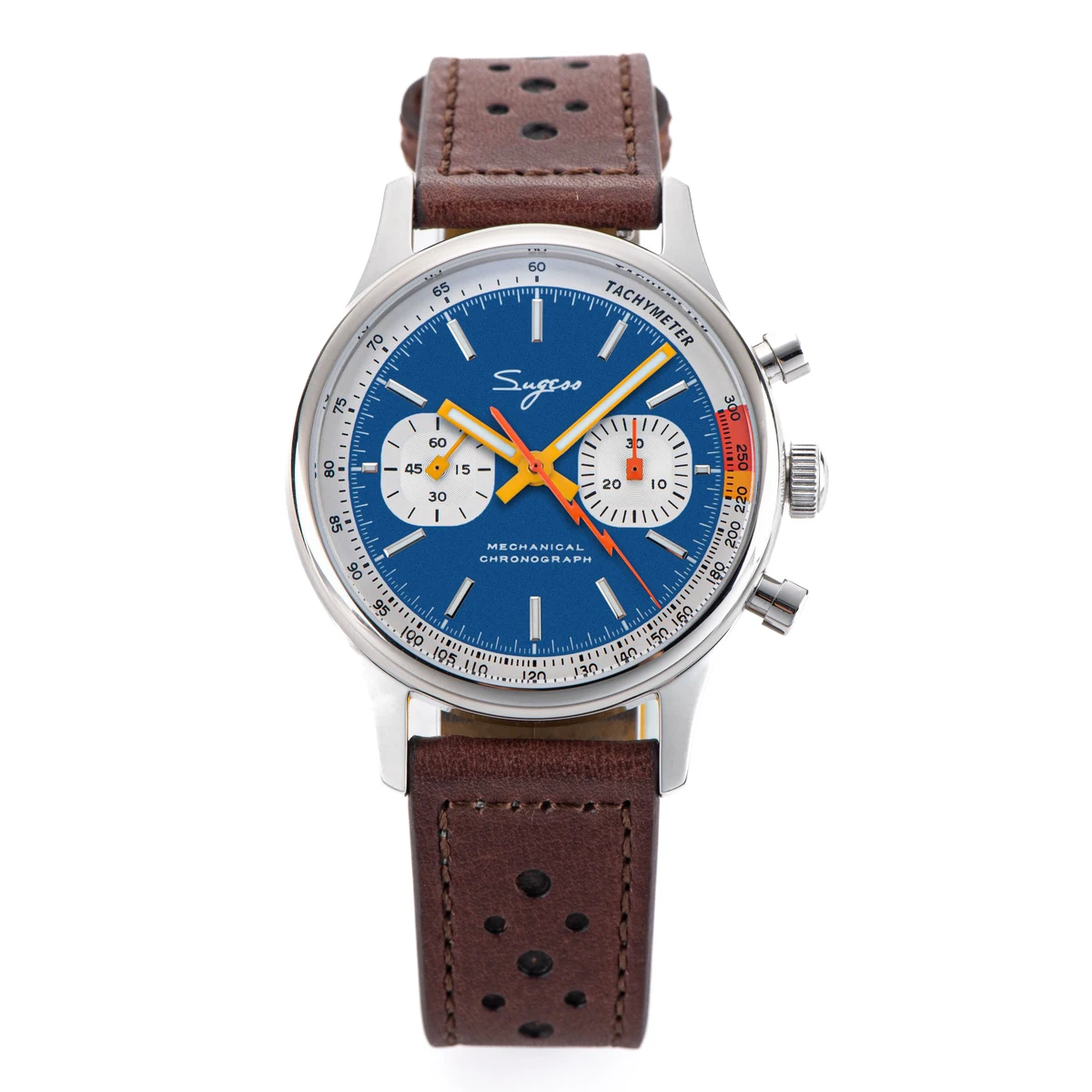
Advanced Chronograph Complications
Beyond standard chronograph functionality, several specialized complications enhance these timepieces with additional capabilities. These advanced features represent some of watchmaking’s most impressive technical achievements.
Flyback Function
The flyback chronograph allows users to reset and restart timing with a single pusher press, rather than the traditional stop-reset-start sequence:
- Originally developed for pilots who needed to time consecutive intervals quickly
- Eliminates the need to press multiple pushers in sequence
- Requires sophisticated mechanical engineering to instantly reset while maintaining precision
- Examples include the IWC Pilot’s Watch Chronograph and various Breitling models
Rattrapante/Split-Seconds
The rattrapante (French for “catch up”) or split-seconds chronograph features two superimposed chronograph seconds hands:
- Allows timing of multiple events that start simultaneously but end at different times
- Pressing the split pusher stops one seconds hand while the other continues running
- Pressing again causes the stopped hand to “catch up” to the running hand
- Considered one of the most complex chronograph complications
- Examples include the A. Lange & Söhne Double Split and Patek Philippe Split-Seconds Chronographs
Monopusher Designs
Monopusher chronographs control all functions (start, stop, reset) through a single button:
- Offers elegant simplicity in design and operation
- Functions cycle sequentially with each push (start → stop → reset → start again)
- Historically significant as the earliest chronograph design
- Examples include the Longines Column-Wheel Single Push-Piece Chronograph
Foudroyante (Jumping/Flying Seconds)
This rare complication measures fractions of seconds:
- Features a small hand that completes a full rotation in one second
- Typically divided into 1/5, 1/8, or 1/10-second increments
- Creates a visually dramatic “lightning” effect (foudroyante means “lightning” in French)
- Examples include the Zenith Defy El Primero 21 and certain Jaquet Droz models
Manual wind watches often feature these sophisticated complications, as their hand-wound mechanisms pair naturally with the deliberate, engaged experience these specialized functions provide.
Iconic Chronograph Calibers: The Hall of Fame
Throughout horological history, certain chronograph movements have achieved legendary status for their innovation, reliability, or historical significance. These calibers represent watershed moments in watchmaking and continue to influence modern designs.
Lemania 2310/Omega 321
- Originally designed in the 1940s
- Hand-wound column wheel chronograph movement
- Powers the original Omega Speedmaster that went to the moon
- Features 17-18 jewels and a 44-hour power reserve
- Celebrated for its beauty, reliability, and historical importance
- Recently revived by Omega after a 50-year hiatus
Valjoux 7750
- Introduced as a reliable automatic chronograph workhorse
- Features a cam-actuated chronograph mechanism
- 25 jewels with approximately 42-hour power reserve
- Recognized by its distinctive layout: subdials at 12, 9, and 6 positions
- Powers countless watches across many brands
- Known for its robust construction and reliability
- Often modified by manufacturers to create proprietary versions
Zenith El Primero
- Debuted as one of the first automatic chronograph movements
- Features a high-frequency 5Hz (36,000 vph) beat rate
- Column wheel-controlled chronograph mechanism
- Capable of measuring time to 1/10th of a second
- 50-hour power reserve with 31 jewels
- Continuously produced since its introduction with various improvements
- Used by numerous prestigious brands beyond Zenith, including early Rolex Daytona models
Rolex Caliber 4130
- Introduced in 2000 to replace the El Primero in Daytona watches
- Fully in-house designed and manufactured
- Features a vertical clutch and column wheel system
- Reduced parts count for improved reliability
- Boasts a 72-hour power reserve
- Incorporates Parachrom hairspring for resistance to magnetism and temperature variation
- Exemplifies modern chronograph engineering excellence
The enduring legacy of chronograph complications continues through these iconic movements, which represent the pinnacle of horological achievement.
Automatic Chronograph Watches, Chronograph Pilot Watches
Price range: $233.36 through $237.58 Select options This product has multiple variants. The options may be chosen on the product pageAutomatic Chronograph Watches, Classic Style Dive Watches
$3,053.06 Select options This product has multiple variants. The options may be chosen on the product pageClassic Manual Wind Watches, Manual Wind Dress Watches
Price range: $425.50 through $462.50 Select options This product has multiple variants. The options may be chosen on the product page- $104.12 Select options This product has multiple variants. The options may be chosen on the product page
Automatic Skeleton Watches, Classic Manual Wind Watches, Manual Wind Dress Watches, Mechanical Skeleton Watches
$1,944.80 Select options This product has multiple variants. The options may be chosen on the product pageClassic Manual Wind Watches, Manual Wind Dress Watches, Square & Rectangular Automatic Watches
$884.95 Select options This product has multiple variants. The options may be chosen on the product page
How to Choose the Right Chronograph Movement
Selecting the ideal chronograph movement involves balancing several personal priorities. This decision framework helps match your needs with the appropriate movement type:
Budget Considerations
- Entry-level: Quartz chronographs offer excellent value, typically ranging from $100-500
- Mid-range: Meca-quartz and basic mechanical chronographs occupy the $500-2,000 range
- High-end: Premium mechanical chronographs with refined movements generally start at $2,000+
- Luxury tier: Haute horlogerie chronographs with advanced complications can exceed $10,000
Intended Use
- Daily wear: Quartz or robust automatic movements (like the Valjoux 7750) withstand regular use
- Special occasions: Manual-wind movements create a meaningful connection through the winding ritual
- Professional timing needs: High-accuracy quartz or high-frequency mechanical movements
- Collection pieces: Movements with historical significance or exceptional finishing
Maintenance Requirements
- Low maintenance: Quartz movements require only battery changes every few years
- Moderate maintenance: Automatic chronographs benefit from servicing every 5-7 years
- Higher maintenance: Complex mechanical complications need expert service every 3-5 years
- Service availability: Consider the availability of qualified technicians for your chosen movement
Aesthetic Considerations
- Movement visibility: If you prefer a display caseback, mechanical movements offer visual appeal
- Case thickness: Modular chronographs tend to be thicker than integrated designs
- Dial layout: Different movements dictate distinctive subdial arrangements
- Hand movement: Mechanical chronographs feature smooth sweeping seconds hands versus the ticking motion of standard quartz
The manual wind dress watches in our collection exemplify how movement choice influences the overall character and presence of a fine timepiece.
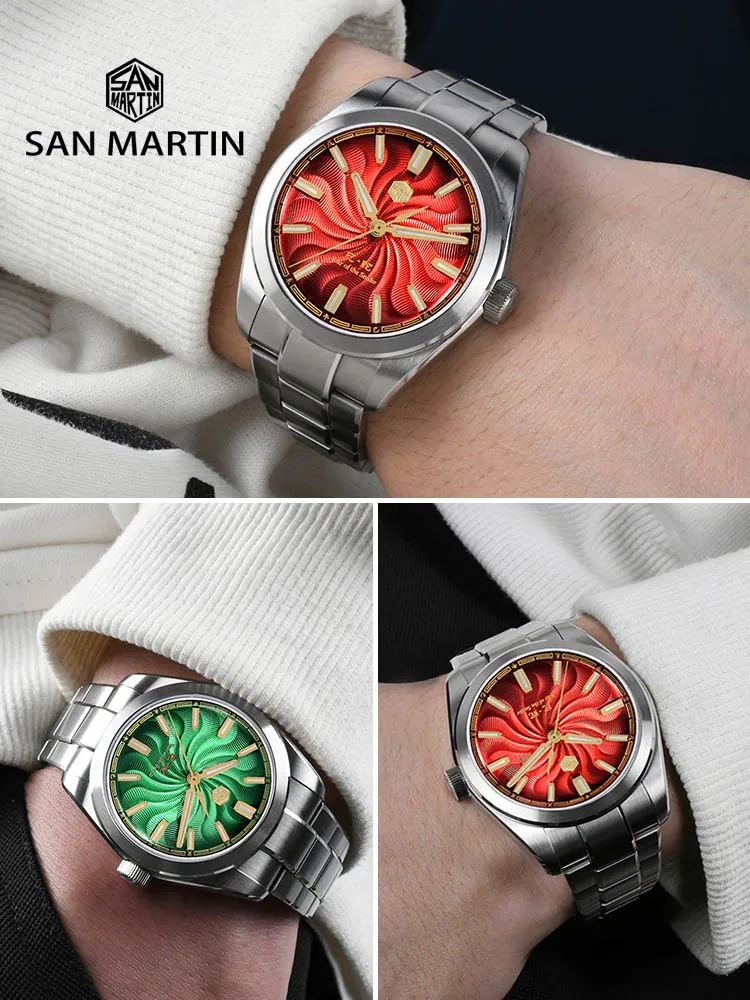
The Future of Chronograph Movements
The chronograph continues to evolve through technological innovation and creative reinterpretations of traditional mechanics. Several emerging trends point to exciting developments on the horizon.
Material science is revolutionizing chronograph movements. Silicon components are increasingly replacing traditional metal parts, offering superior performance without lubrication and resistance to magnetic fields. Carbon composites and exotic alloys are also finding their way into high-performance movements, enhancing durability and precision.
Manufacturing techniques are similarly advancing. Modern CNC machining and LIGA processes (lithography, electroplating, and molding) allow for component precision previously unimaginable, while 3D printing is beginning to influence prototyping and specialized parts production.
Independent watchmakers are driving innovation by challenging conventions. Brands like Singer Reimagined and Habring² have reimagined chronograph architecture with central-minute displays and unique activation systems. Meanwhile, established manufacturers are revisiting historical calibers with modern materials and manufacturing methods, preserving heritage while improving performance.
The boundaries between traditional and modern approaches continue to blur. Mechanical movements now incorporate selective electronic elements to enhance accuracy and functionality, while maintaining their essential mechanical nature. This progression mirrors the broader evolution seen in the timeline of diving watch innovations, where tradition and innovation blend seamlessly.
Are Chronograph Movements Worth the Premium?
Chronograph watches typically command higher prices than their time-only counterparts—but is this premium justified? Understanding the factors behind the cost difference helps make an informed decision:
The Complexity Factor
- Chronograph movements contain 50-100+ additional components compared to standard movements
- Each additional part requires precise manufacturing, assembly, and adjustment
- Quality control is more demanding due to the increased number of potential failure points
- Special expertise is required during both production and servicing
The Value Proposition
For different users, the value calculation varies:
- Practical users: If you regularly time events, the functionality justifies the cost
- Enthusiasts: The technical achievement and craftsmanship represent significant value
- Collectors: Historical importance and movement prestige often outweigh price considerations
- Casual wearers: The distinctive aesthetic and additional functionality may justify the premium
In real terms, a chronograph version of a watch typically costs 30-50% more than its three-hand counterpart. For example, a basic automatic watch might cost $800, while the chronograph version with the same case design might run $1,100-1,200.
Is a Mechanical or Quartz Chronograph Better for Everyday Use?
When considering a chronograph for daily wear, the mechanical versus quartz debate centers on several practical factors:
For pure reliability in everyday situations, quartz chronographs offer distinct advantages. They’re always ready to use without winding, maintain accuracy regardless of wear patterns, and withstand physical shocks better than mechanical alternatives. Their typical accuracy of ±15 seconds per month far outperforms mechanical movements for timing precision.
Maintenance considerations also favor quartz for convenience. Battery changes every 2-3 years are simpler and less costly than the regular servicing mechanical chronographs require. However, mechanical chronographs create a more engaging ownership experience. The ritual of winding a manual chronograph or seeing the rotor spin in an automatic creates a personal connection many find rewarding.
The aesthetic experience differs significantly between types. Mechanical chronographs feature a smooth-sweeping seconds hand and provide tactile feedback when operating the pushers. Many enthusiasts appreciate that mechanical chronographs represent centuries of watchmaking tradition and human ingenuity working on your wrist.
Ultimately, the “better” choice depends on your priorities. If absolute accuracy and low maintenance are paramount, quartz is ideal. If you value craftsmanship, tradition, and the emotional connection to your timepiece, a mechanical chronograph may be worth the additional attention it requires.

